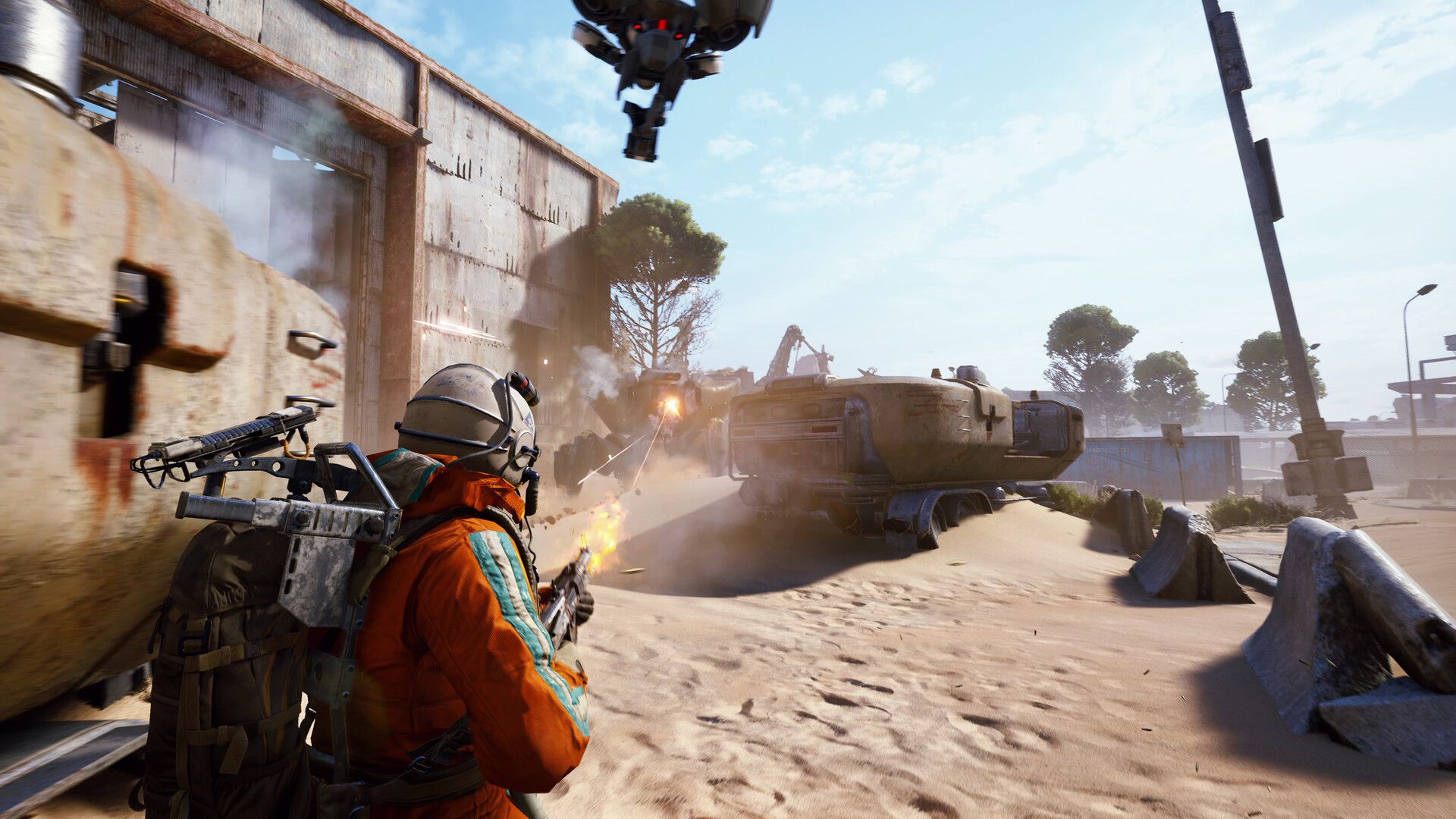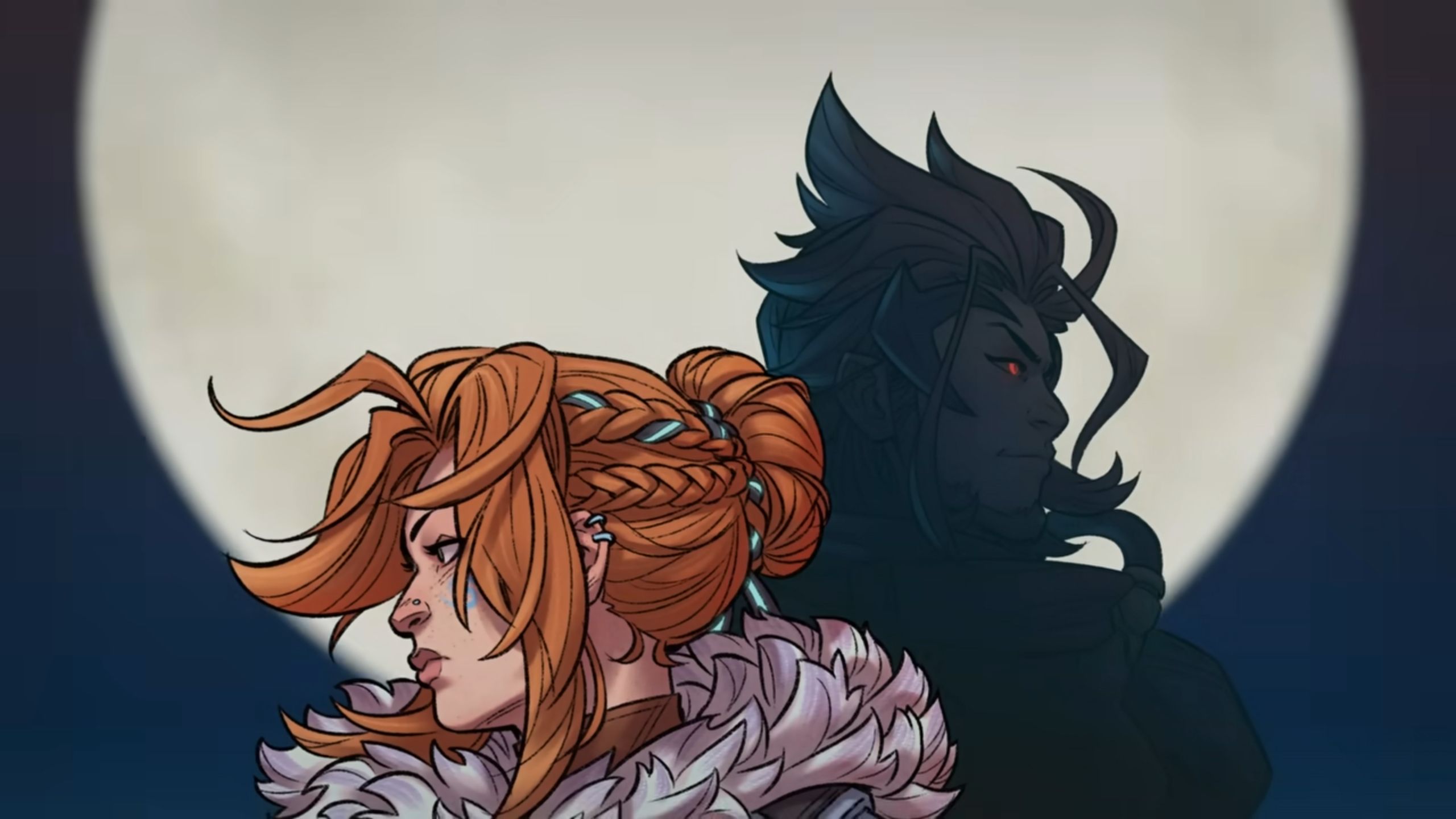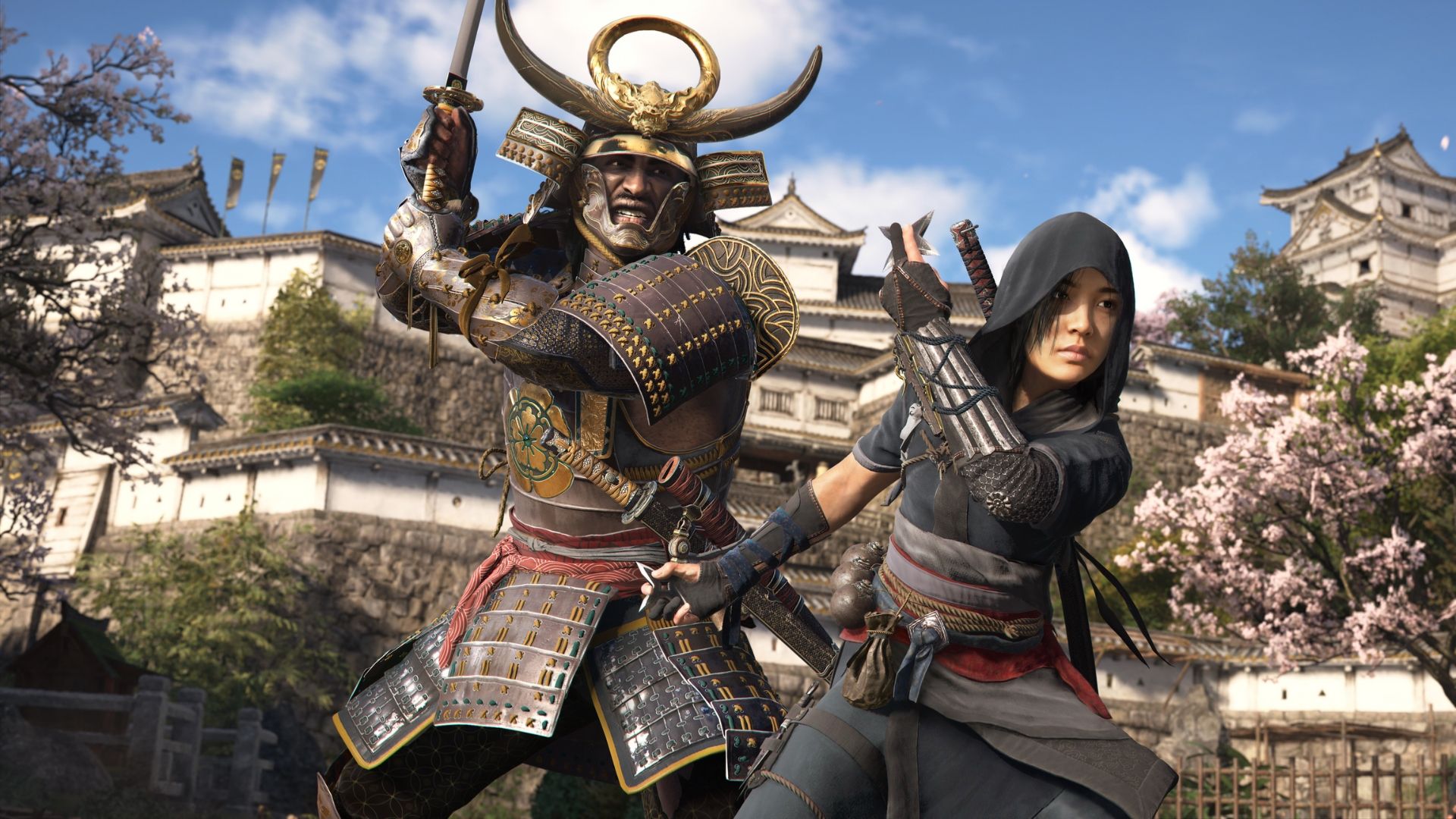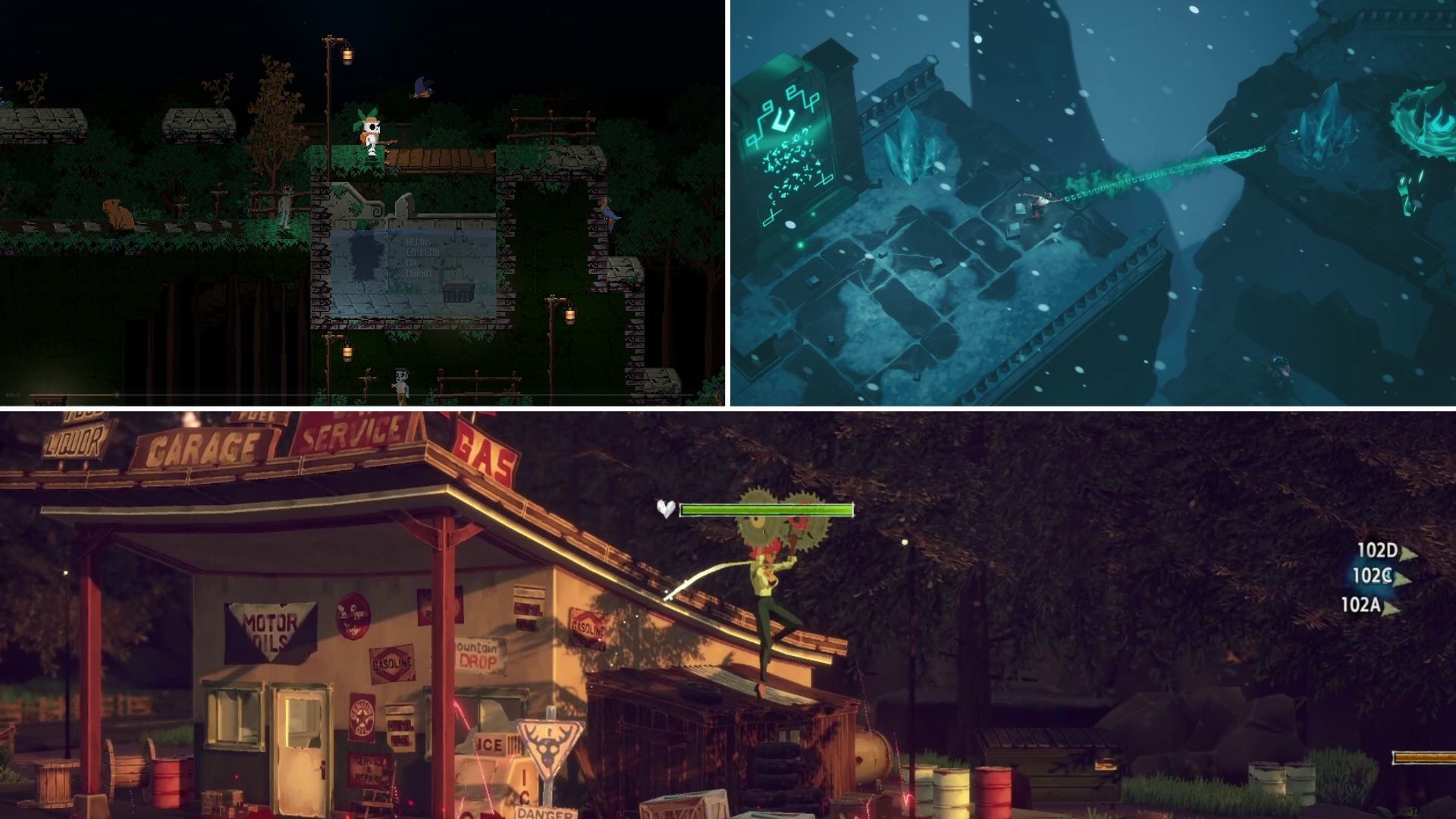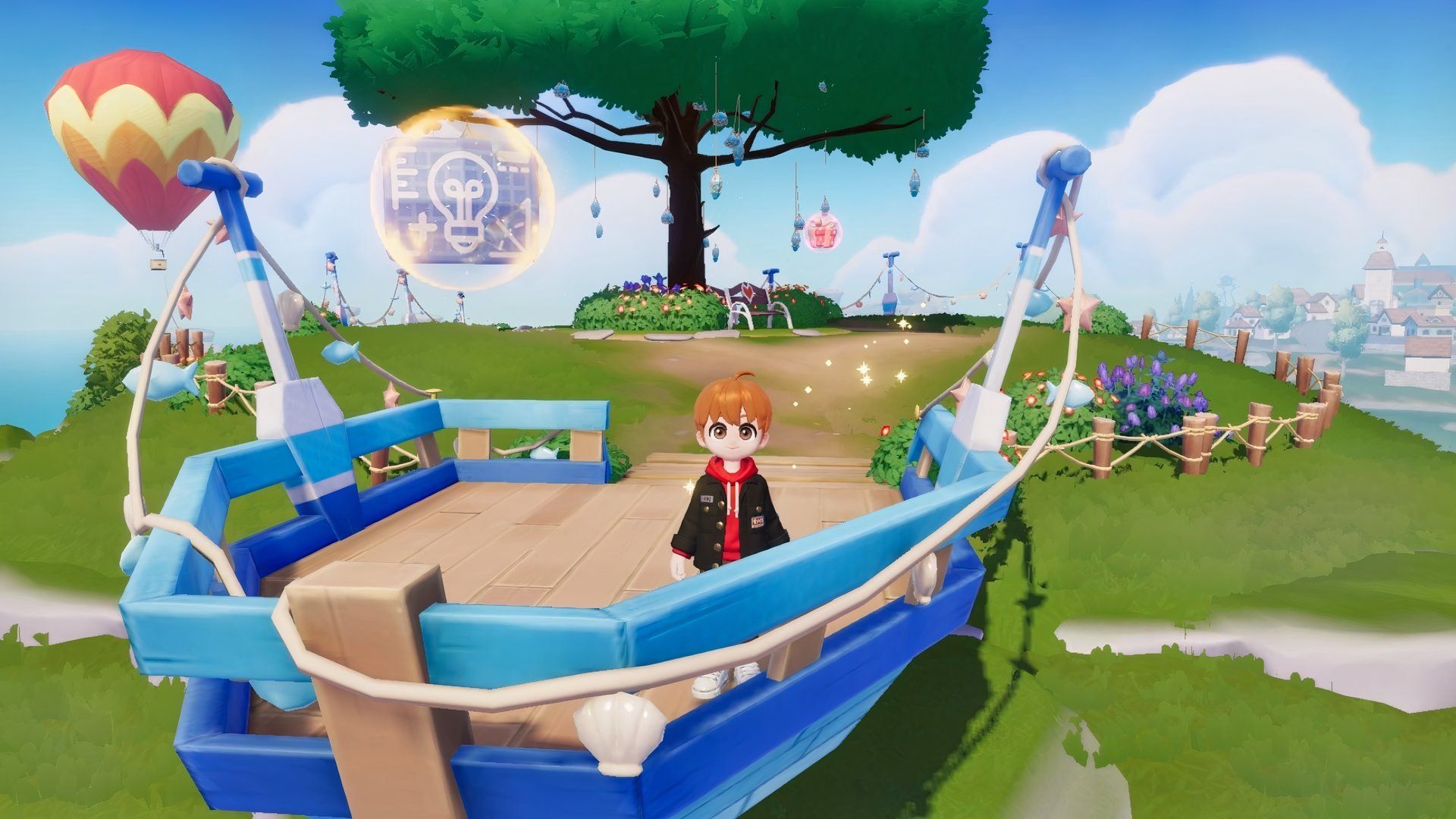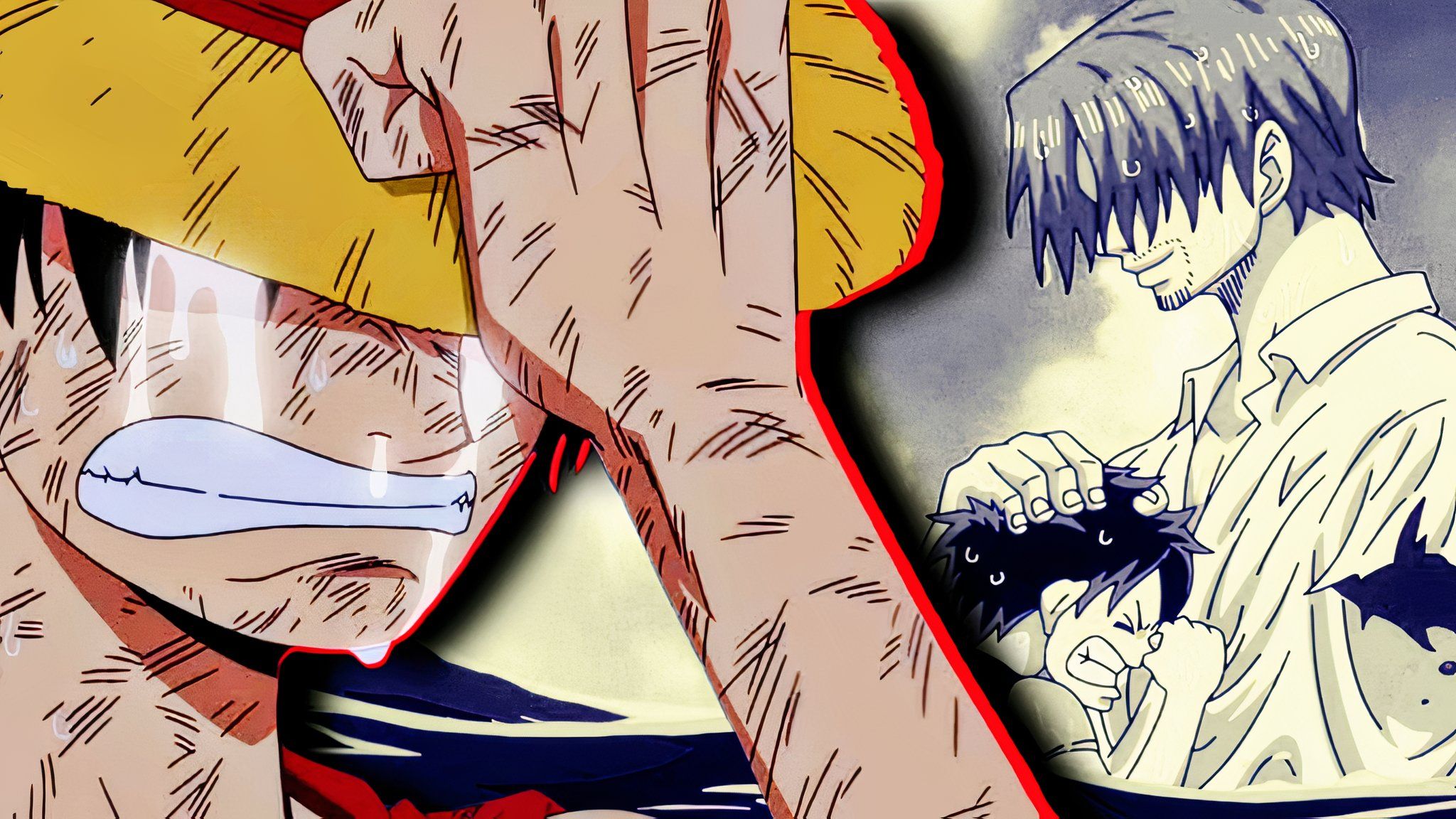Battlefield 6 Season 2 Maps, Vehicles, and Guns Have Leaked
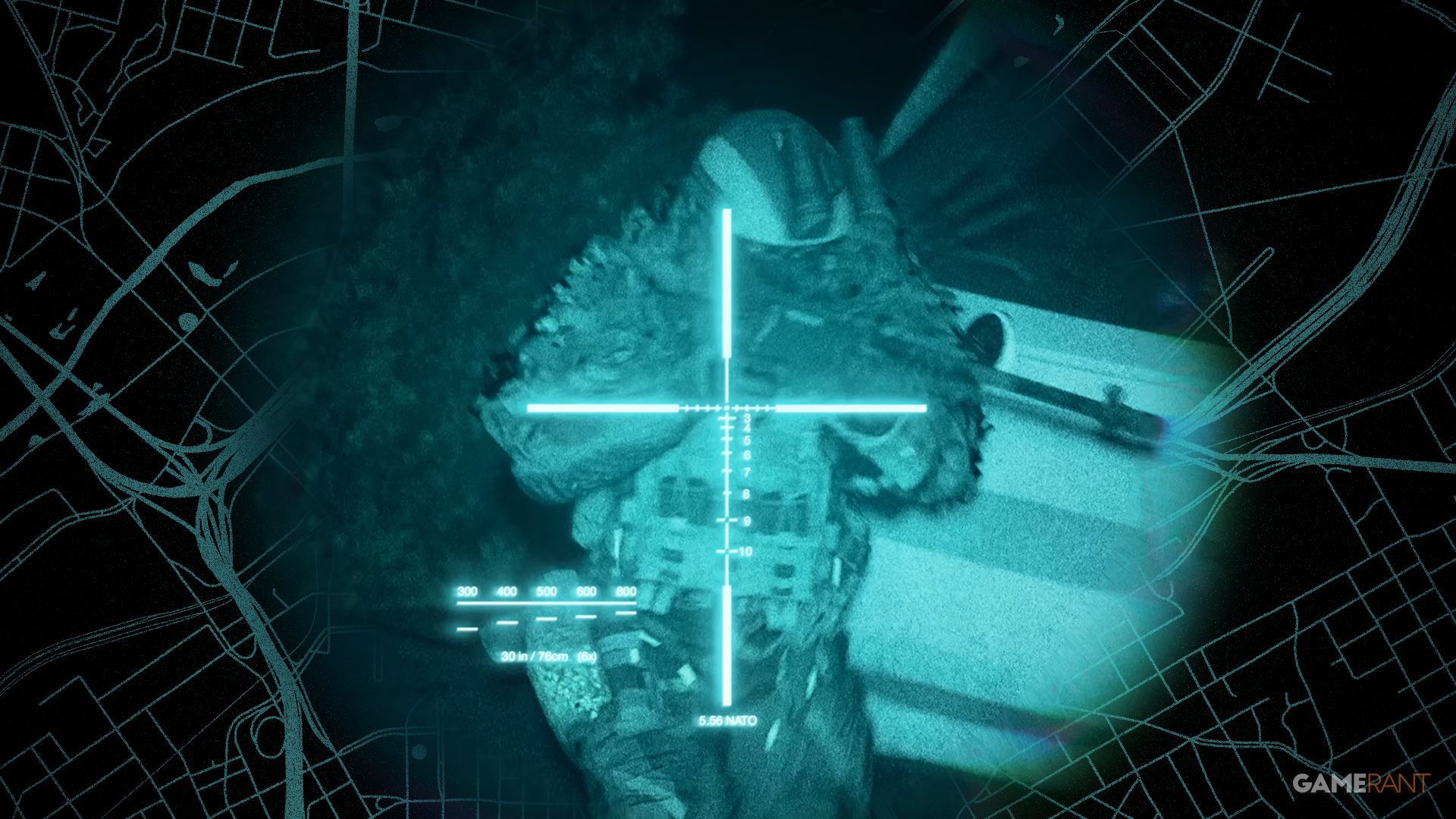
The new Battlefield game generated a lot of excitement before it launched, but its popularity has dropped significantly since then. By mid-January, the number of players on Steam had fallen by 89% from its highest point, as players became disappointed with the first season and new games like ARC Raiders gained popularity. Although the developers have fixed many initial performance and progression issues, player numbers continue to decline, so it remains to be seen if the next season can revive the game.
